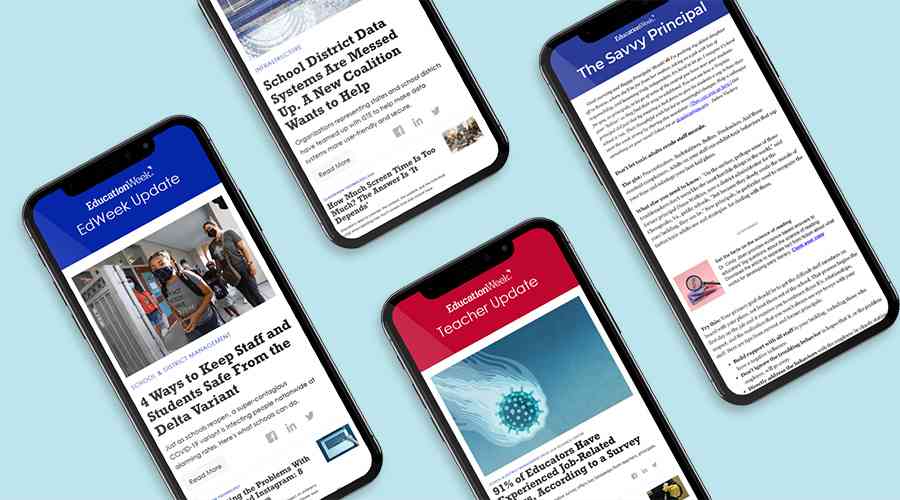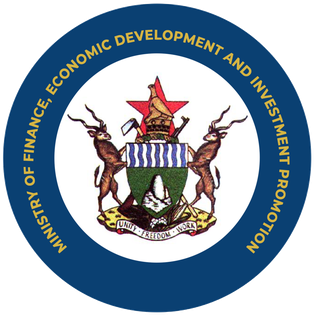
Across the world, news publishers are witnessing a sharp decline in advertising revenue. This has forced many to rethink their business models. Some are on the verge of collapse, and only innovators and thinkers will survive digital Darwinism.
A lot of products have emerged to seek alternative avenues for revenue generation. But our market has ignored newsletters.
Due to their direct and personalised appeal, newsletters present an opportunity for publishers to reach a wider audience based on content preferences.
Relying primarily on content, publishers are forced to think of new ways to distribute content. Even the content must be enhanced to meet readers’ needs and compelling enough so that revenue is guaranteed.
Publishers like The New York Times have introduced a value-added bundle to sustain their subscriber base. “The growth is no longer primarily in subscriptions to news alone,” wrote Rick Edmonds for Poynter.
“Rather, the Times is heavily pushing what it calls internally the ‘bundle.’ That is an all-access product that also includes Games and Cooking verticals, audio, the Wirecutter product information site and now The Athletic, which the Times purchased for US$550 million.”
With competition from start-ups and digital-only set-ups, there is renewed demand for value and new ways to retain an audience. More importantly, there is a need to make sure content is seamlessly accessible by audiences.
In addition to bundles, e-mail newsletters have proven to be a worthy investment as they provide audiences with content preferences. Confronting audiences directly through e-mail and reminding them there is new content or even breaking news makes a lot of difference.
- Newsletters: A golden opportunity for publishers in the digital era
- Digital Transformation: Time to consider editorial restructuring
Keep Reading
Standing on the audience’s doorstep
We all hate queues. Why not get news straight to my inbox?
“The personal touch of a well-crafted email newsletter landing quietly in your inbox became a welcome relief from the white noise of unsolicited posts and notifications,” writer and media trainer Peter Houston wrote.
Houston added that newsletters must be good and relevant: “E-mail lists offer a direct route to readers in direct contrast to the social melee of Facebook, et al.
And as social timelines are increasingly taken over by advertising algorithms and saturated with sponsored posts, newsletters have provided publishers with the opportunity to offer audiences the haven of regular, trusted content.”
Another writer and media trainer Elise Czajkowski added: “Because a newsletter arrives directly in someone’s inbox, the relationship between the writer and the reader is more intimate.
"Readers have made a choice to subscribe, and possibly pay, for access to this information, creating a dialogue between reader and writer. It’s also a good way to reach national or international audiences with shared interests."
Using AI to attract audiences
Of course, newsletters need a technical investment also. Personalised content is key in making sure the audience do not miss the product.
This entails strong AI to filter content in accordance with individual audience preferences. Ultimately, the audience will feel the presence of preferred content knocking, and it will be difficult to ignore, opening opportunities to monetise.
Are the resources free after the investment?
Certainly, there is a huge opportunity for monetising newsletters.
As Houston shares: “Programmatic advertising is also possible inside e-mail, although reach, either owned or networked, is crucial to make that pay. And newsletters can also help with website monetisation, filtering newsletter subscribers regularly to Web content. Refinery29’s newsletters drive 20% of their site traffic and Vox says newsletter subscribers spend twice as much time on their site.”
An alternative to social media (where lack of transparency and algorithmic control are at play), newsletters give publishers control over distribution and data as well as monetisation. Control is vital, as newsrooms will have knowledge of metrics, the subscriber list, and story performance online.
Feedback and follow-ups are also generated from newsletters, creating an inroad for creating more compelling content.
Strategies for effective distribution and wider reach
Content is king, but do we know which content audiences prefer?
The biggest advantage is data and AI. Assuming we have it all, it’s time to lean on content pillars for our offerings.
Health, politics, environment, and business are some of the content pillars available to capitalise on. Within those broader pillars lay sub-themes that can be a focus — for example, sexual and reproductive health targeting Gen Z.
“Like a magazine or a website, the newsletter needs a mission, a position, and a regular calendar,” Houston said. “It needs financial targets or, at the very least, audience-based success metrics.”
We will meet again next week!!
Silence Mugadzaweta is digital & online editor for Alpha Media Holdings and content strategies blogger for International News Media Association.










